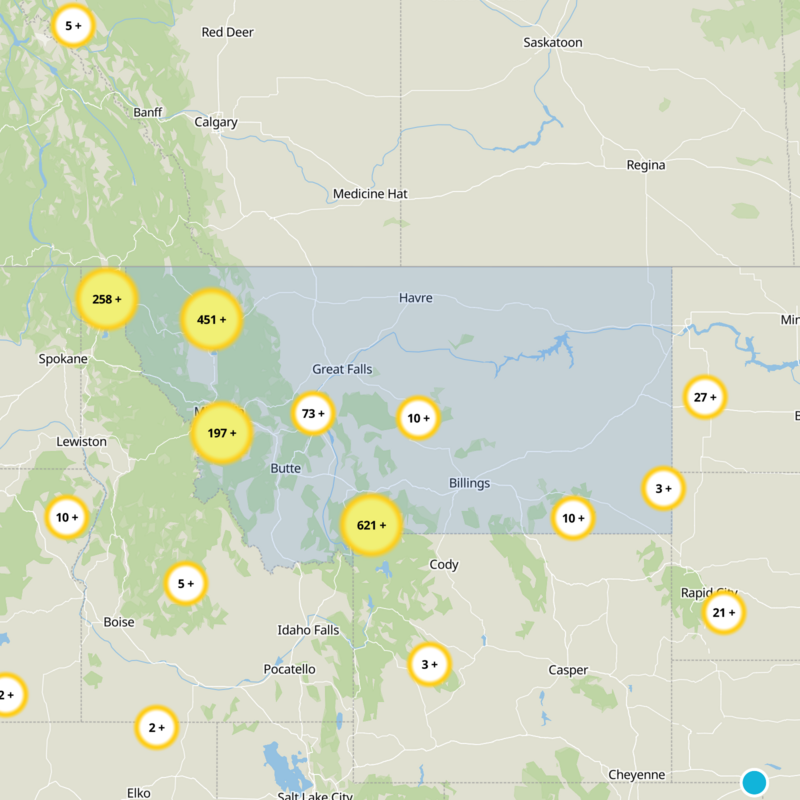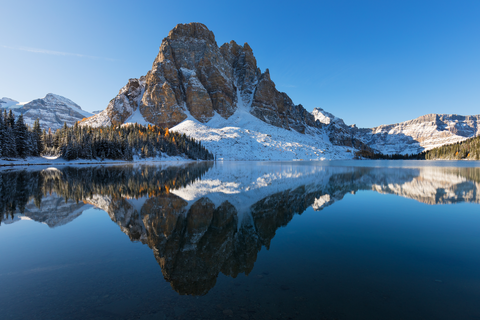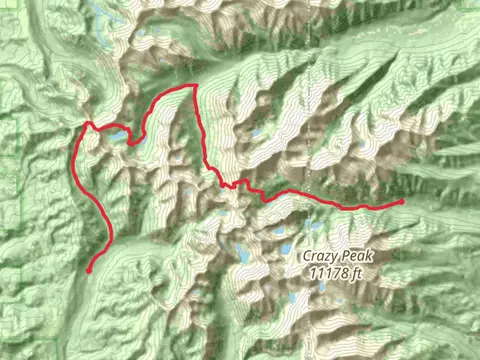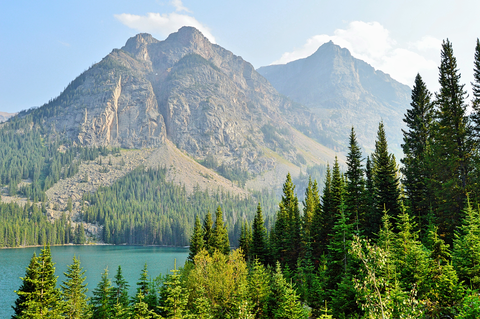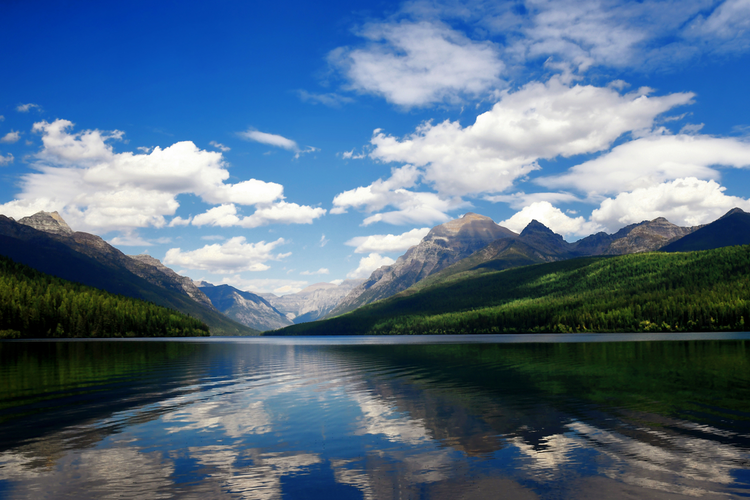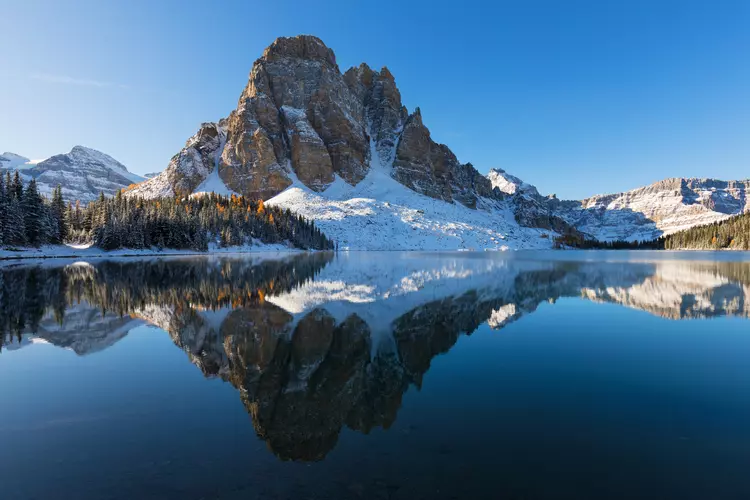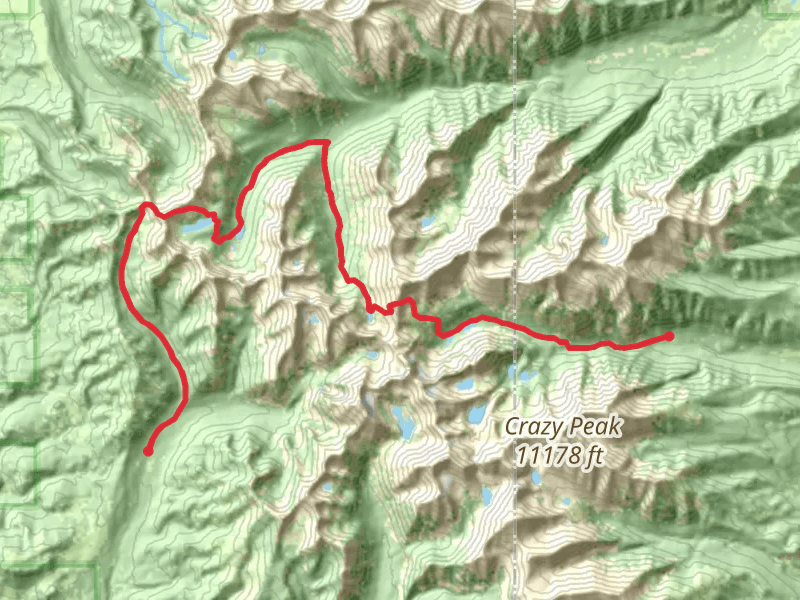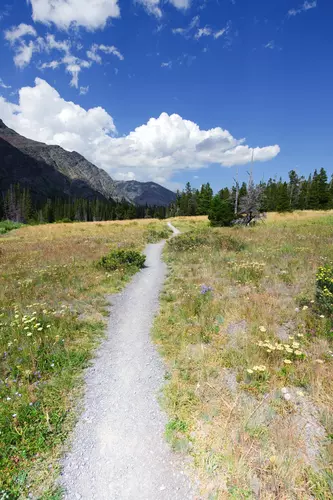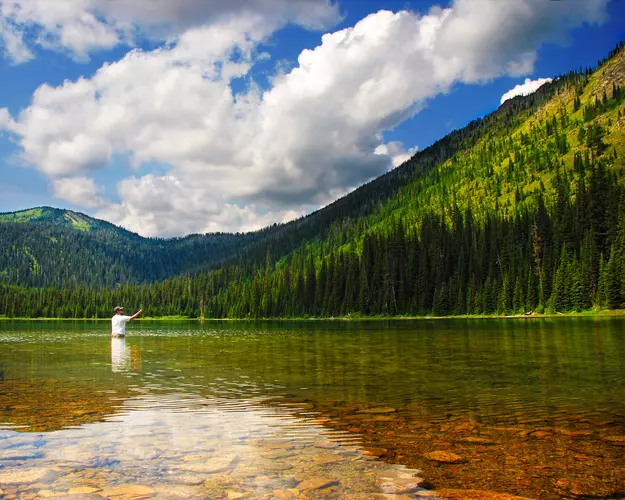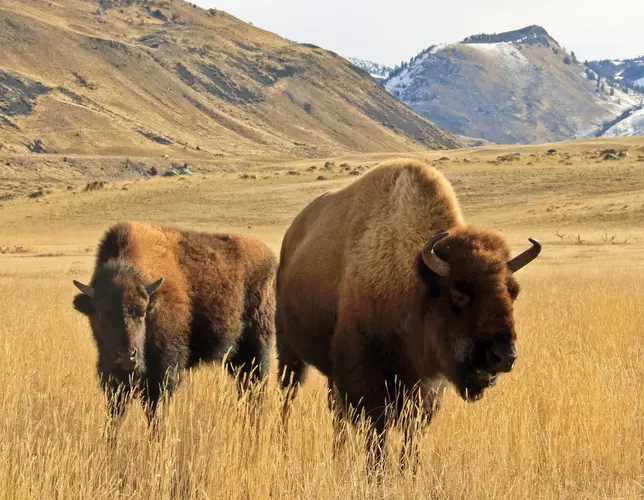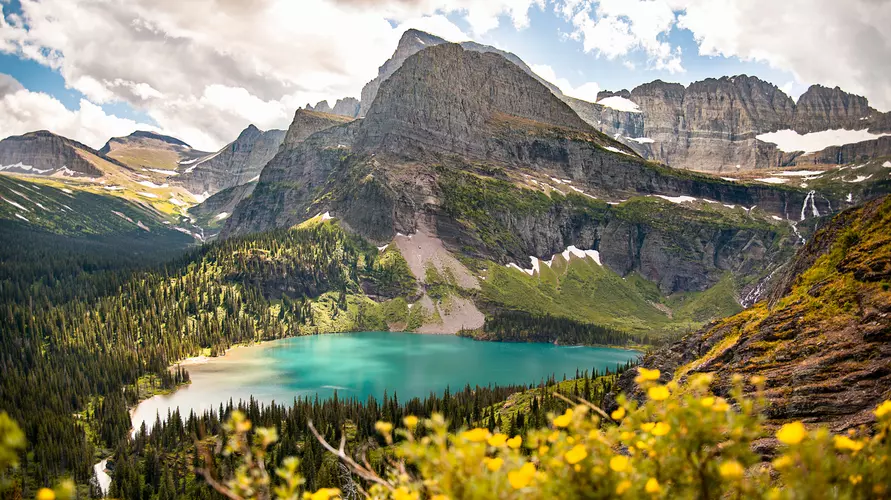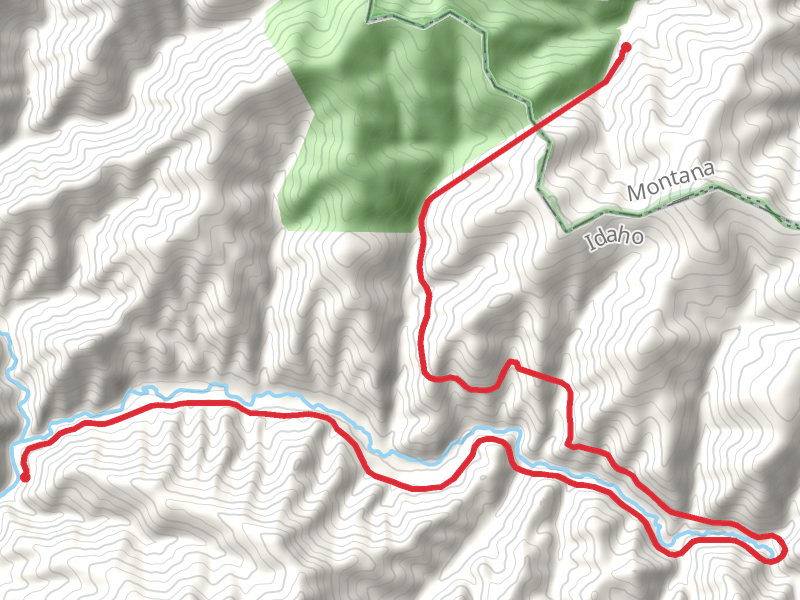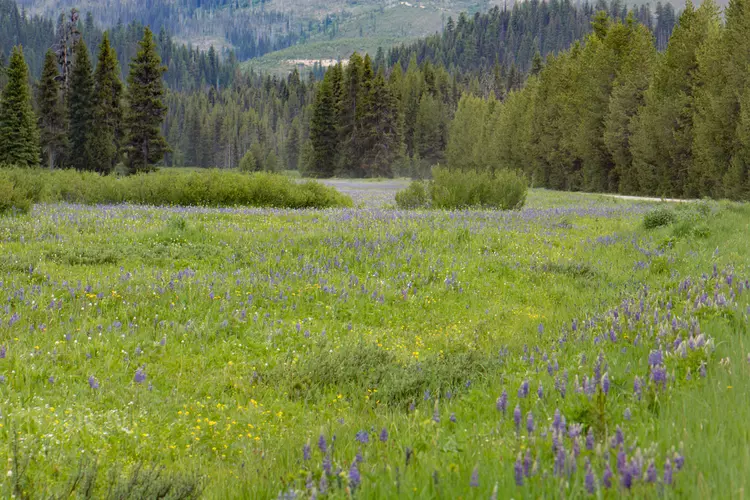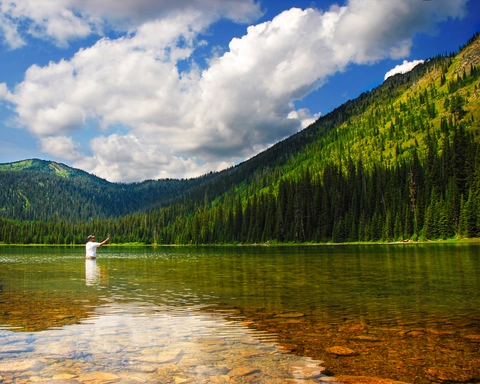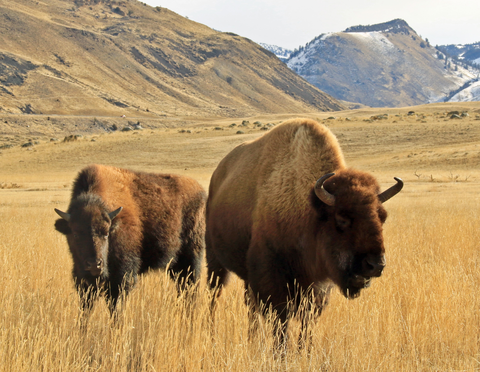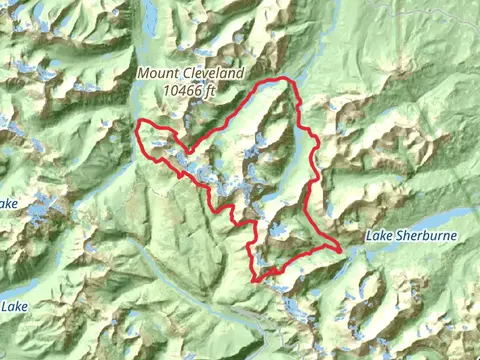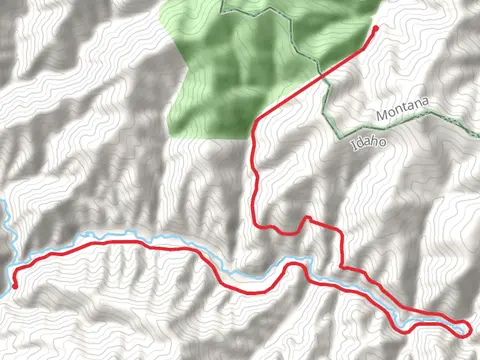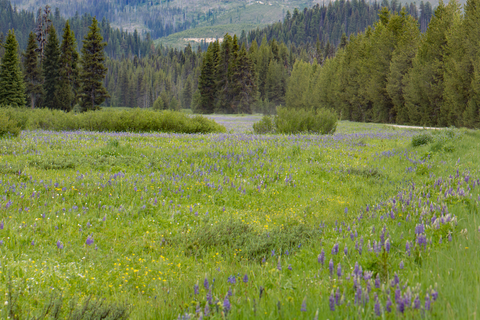"Montana's trails unveil stunning vistas, wildlife encounters, and untamed beauty for adventurous hikers."
Montana, a hiker's paradise, offers breathtaking trails that weave through majestic mountains, lush forests, and serene valleys. Imagine trekking in Glacier National Park, where the rugged peaks and pristine lakes create a stunning backdrop. Discover the tranquility of the Bob Marshall Wilderness or the sweeping vistas of the Beartooth Mountains. Each trail promises adventure and awe, with wildlife encounters and vibrant wildflowers. Embrace the call of the wild and explore Montana's untamed beauty!
Most popular hikes
FAQs about hiking in Montana






